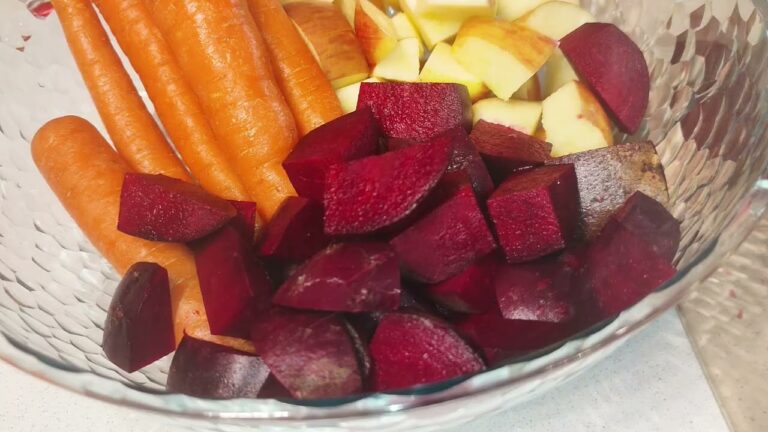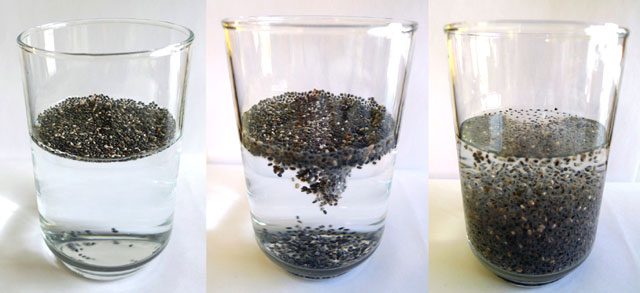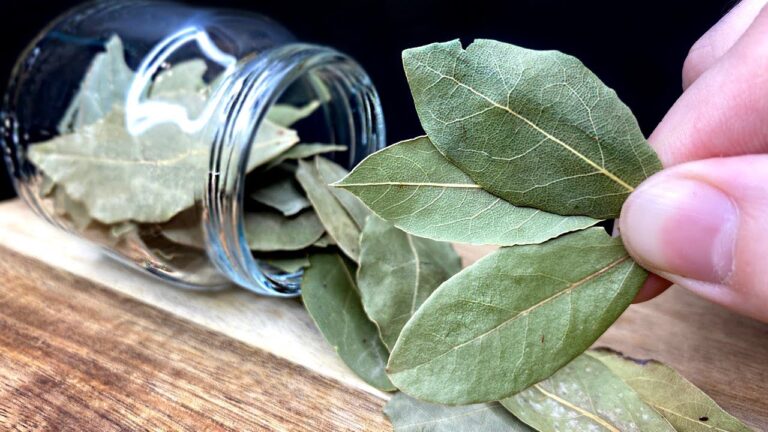Garlic is a kitchen staple known for its powerful flavor and numerous health benefits. However, it can start to sprout or dry out if not stored properly. By using a simple preservation method, you can extend the shelf life of garlic for up to six months without losing its potency or flavor. Here’s a great trick to ensure your garlic stays fresh and ready to use for months!
The Garlic Preservation Trick: Freezing Garlic
Freezing garlic is one of the easiest and most effective ways to store it for long periods. It maintains its flavor and health benefits, and you’ll always have fresh garlic on hand for cooking. Here’s how you can do it:
Method 1: Freezing Whole Garlic Cloves
Instructions:
- Peel the garlic: Separate the garlic bulbs into individual cloves and peel them.
- Place in an airtight container: Once peeled, place the garlic cloves into an airtight container, freezer-safe bag, or a jar. Make sure to remove as much air as possible from the bag before sealing.
- Freeze: Store the container or bag in the freezer. The garlic cloves will be good for up to 6 months.
How to Use: Whenever you need garlic, take out the number of cloves you need and let them thaw for a few minutes before chopping or crushing them.
Method 2: Freezing Minced or Crushed Garlic
If you prefer your garlic pre-prepped for easy cooking, try this method:
Instructions:
- Peel and chop or crush the garlic: After peeling the cloves, chop or crush the garlic as you would for cooking.
- Portion the garlic: Scoop small portions (about 1 teaspoon each) onto a lined baking sheet or ice cube tray. You can also mix the garlic with a bit of olive oil to prevent it from clumping.
- Freeze the portions: Place the tray in the freezer and allow the garlic to freeze solid, usually within a few hours.
- Store the frozen portions: Once frozen, transfer the garlic portions into a freezer-safe bag or airtight container. Label it and store it in the freezer for up to 6 months.
How to Use: Simply grab a frozen portion when needed and add it directly to your dish—no need to thaw beforehand!
Method 3: Garlic Paste with Olive Oil
You can also preserve garlic by making a paste and storing it in the freezer:
Instructions:
- Peel and blend: Peel the garlic cloves and place them in a food processor. Add enough olive oil to create a smooth paste.
- Store in portions: Spoon the garlic paste into an ice cube tray or small containers, and freeze.
- Freeze and store: Once the paste has frozen, transfer the cubes to an airtight container or bag. Store it in the freezer and use it within 6 months.
How to Use: Add frozen garlic paste cubes directly to soups, sauces, or sauté pans for easy cooking.
Why This Trick Works
- Freezing prevents spoilage: Garlic can dry out, sprout, or mold over time, but freezing halts these processes and preserves the garlic for months.
- Convenient and time-saving: Pre-peeled, chopped, or crushed garlic makes meal prep faster and easier, especially when you’re in a rush.
- Maintains flavor: Freezing garlic retains its strong, pungent flavor, so you won’t lose any of the signature taste you love.
Bonus Tips:
- Label your containers: Always label your containers or bags with the date so you can track how long the garlic has been stored.
- Use freezer-safe containers: Make sure the containers or bags you use are suitable for freezing to prevent freezer burn and maintain garlic freshness.
Conclusion
With these simple freezing methods, you can extend the life of your garlic for up to six months, ensuring you always have fresh, flavorful garlic ready to use in your cooking. Whether you freeze whole cloves, minced garlic, or garlic paste, this trick is easy, convenient, and guarantees your garlic stays as good as new for months!









